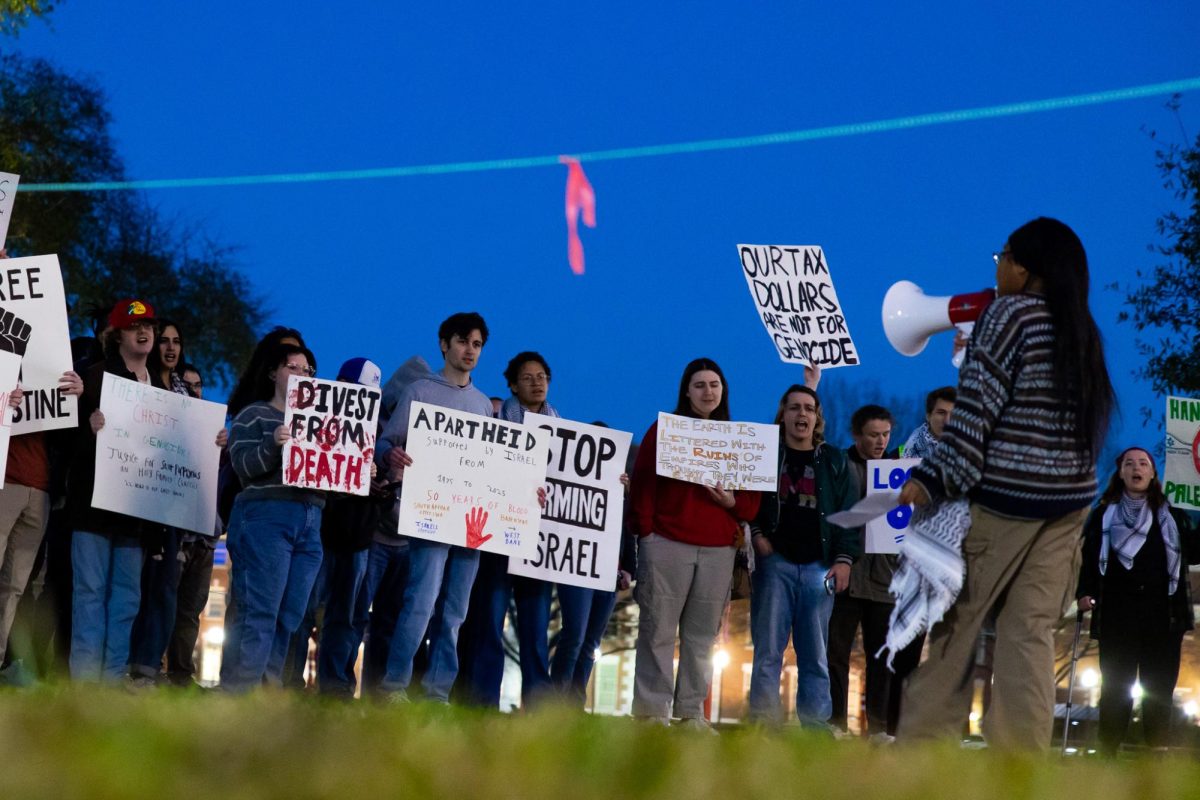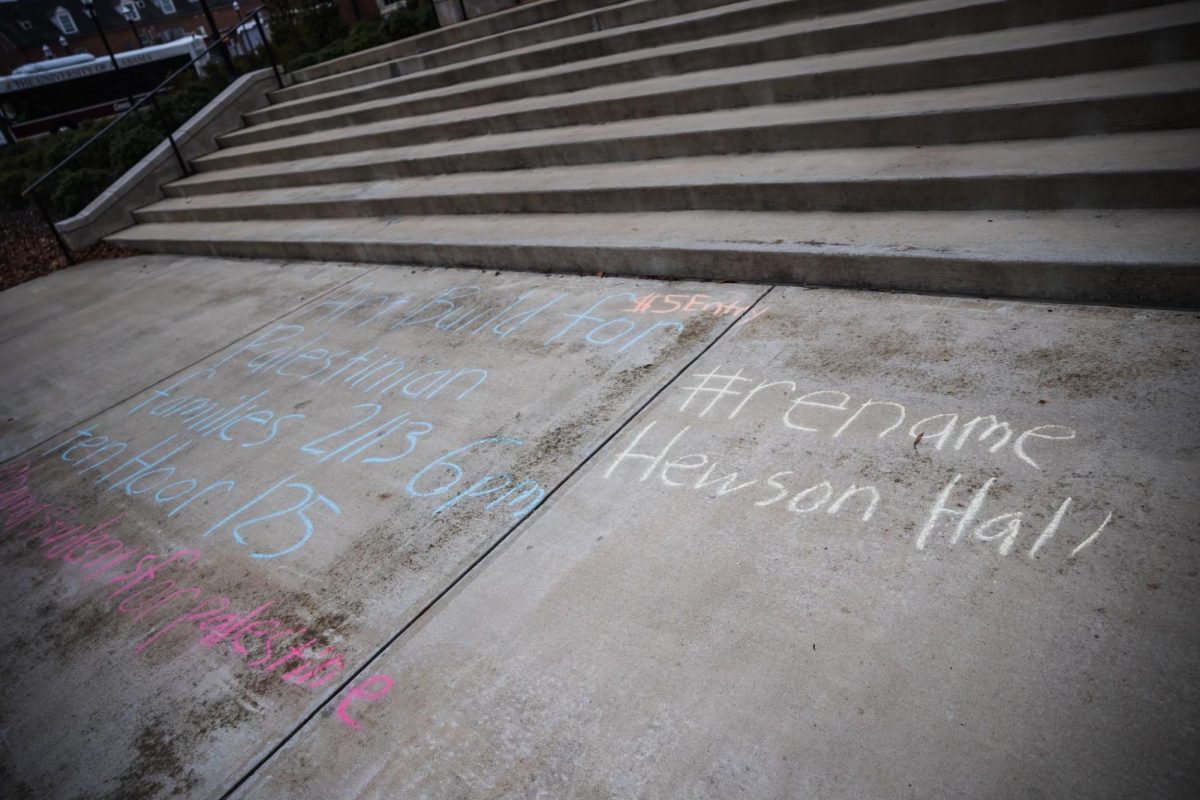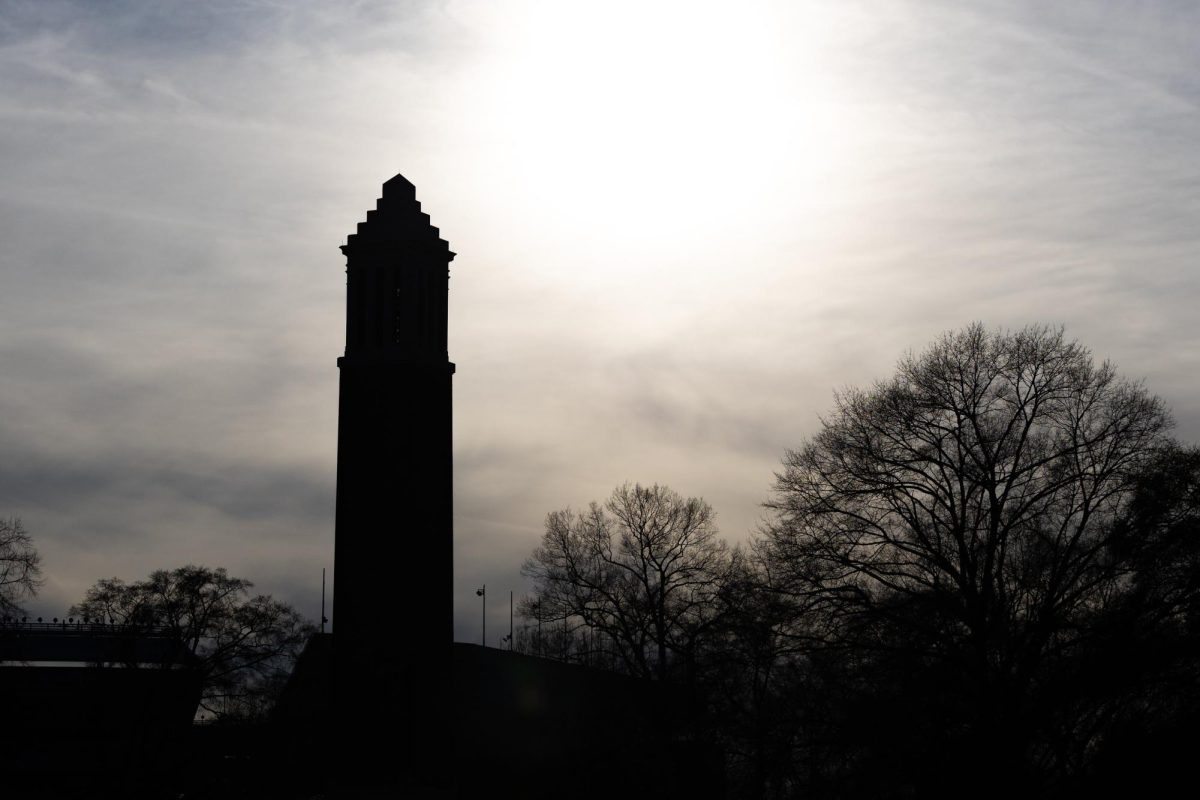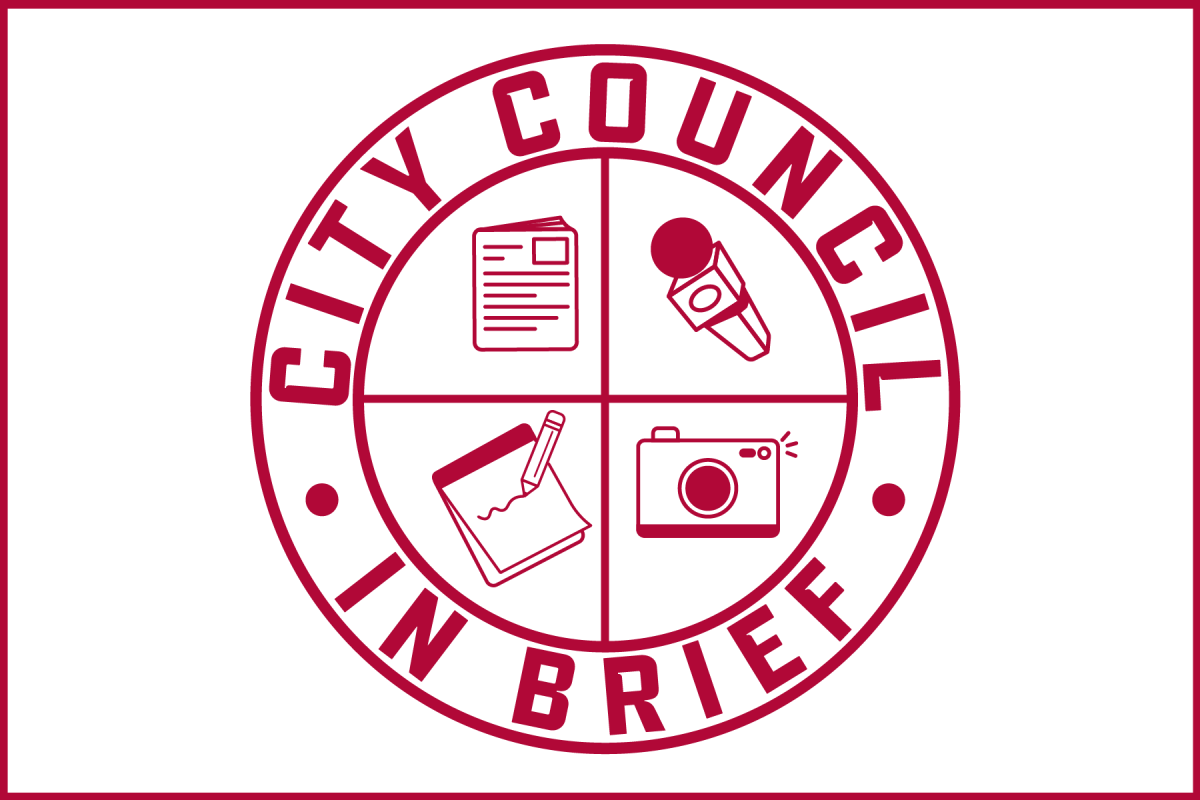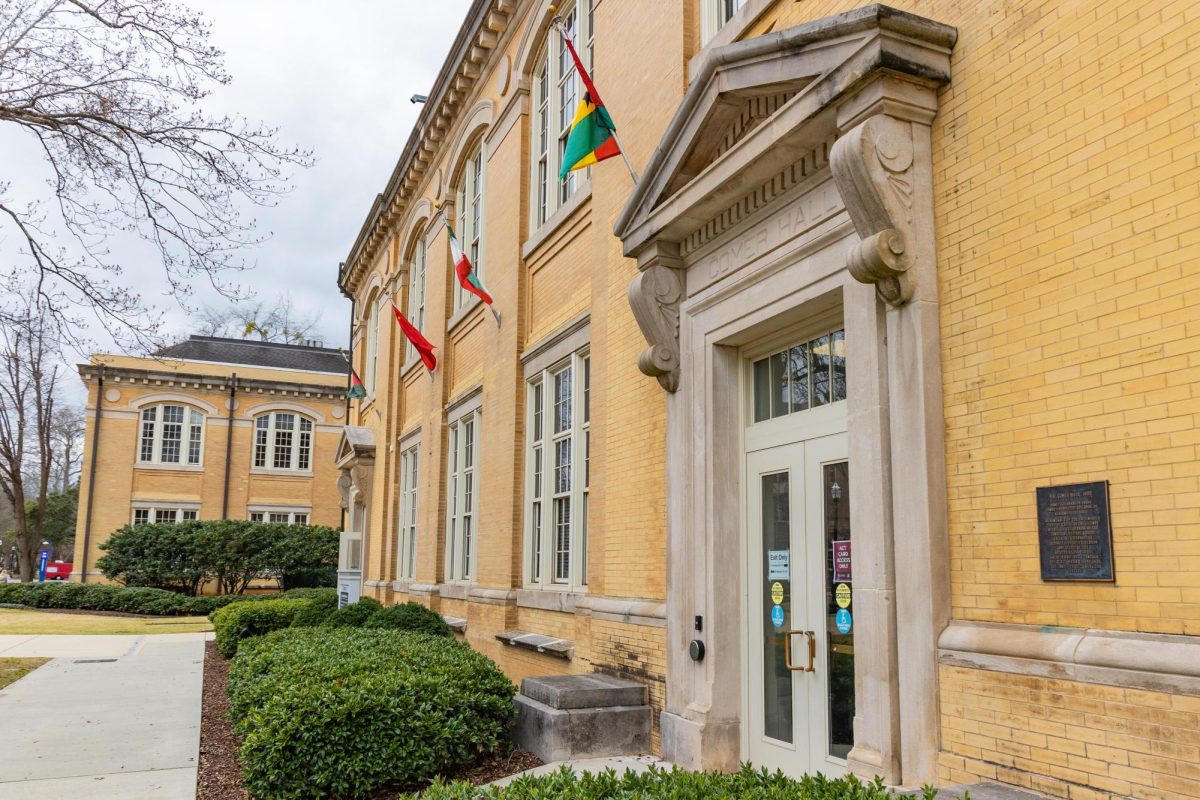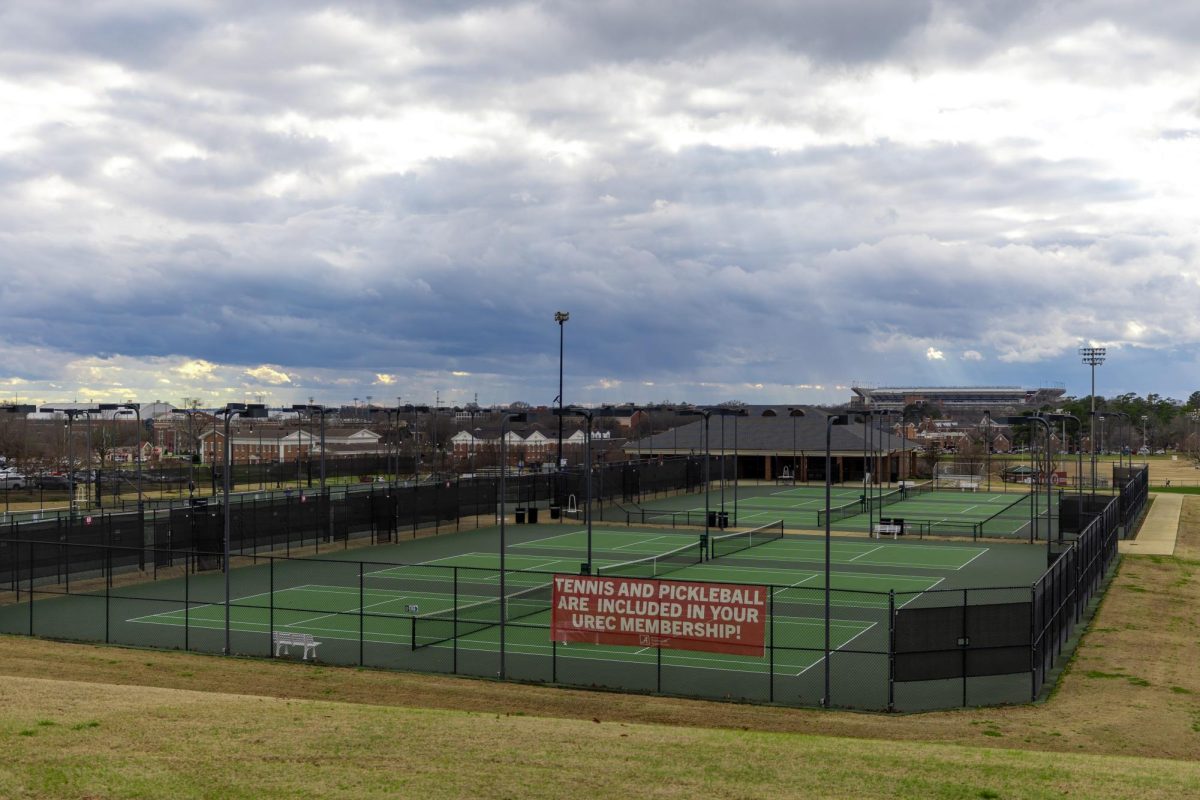After Autherine Lucy enrolled in the University of Alabama in 1956, she was met with intense opposition that led to her expulsion after three days as a student. When the University renovated Foster Auditorium – the site of former Alabama Gov. George Wallace’s Stand in the Schoolhouse Door – planners at the Capstone sought to construct a clock tower in honor of Lucy.
The Autherine Lucy Clock Tower now stands at the center of the plaza leading to the entrance of Foster.
University Planner Dan Wolfe said the plaza and auditorium deserved improvements.
“When we first got the project to renovate Foster, we looked at the site around Foster and decided that it wasn’t really good,” he said. “The plaza wasn’t large enough … and we needed to eliminate the parking in the front.”
The University sought citizens’ opinions through open forums and e-mails, Wolfe said, and the prevailing opinion of the community was that the University should honor Foster as a building that has been deeply involved in the history and growth of the Capstone.
“People said, ‘There needs to be a major landmark,’” he said.
The clock tower, with its lofty stone base, open mid-section, four phosphorescent clocks and inscription of “Malone-Hood Plaza” on all four sides, was the result.
The designer of the clock tower, Neil Davis, who works with Davis Architects, said he borrowed elements from the façade of the renovated Foster Auditorium to make the landmark compatible with the surrounding architecture.
He said the clock tower serves as a landmark to designate the historical and cultural value of Foster but not to compete with other historical items on campus.
“There is a very famous tower on campus,” he said. “We couldn’t be in an arms race with Denny Chimes…The performance [of the clock tower] is sealed for the type of place that it’s in, and we were making it to fit with Foster as well as the back side of Farrah Hall.”
Christian Gilliam, a sophomore majoring in telecommunication and film, said she believes the structure of the clock tower meshes with the architecture of the plaza and the renovated auditorium.
“The architecture is gorgeous and the lighting [of the clocks] can work for both day and night for photography,” she said. “I’ve seen it while passing by when I go to my geography lab in Farrah, and I see it when I drive by at night.”
Trevor Gant, a sophomore majoring in philosophy and economics, said he has neither seen the clock tower nor knows of the history of the auditorium.
“I don’t really know the history surrounding Foster Auditorium or the clock tower,” he said. “I do think the clock tower is appropriate, though. I think it gets the point across… The clock’s not bad, but maybe something more explicitly related to the Civil Rights Movement would be better … such as plaques or statues of the students [who the plaza commemorates].”



